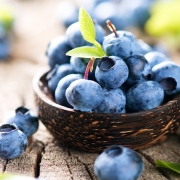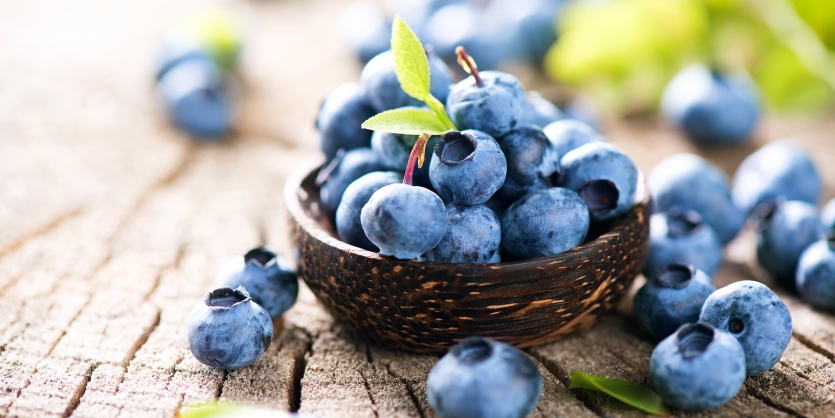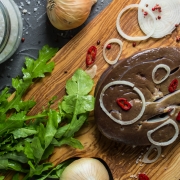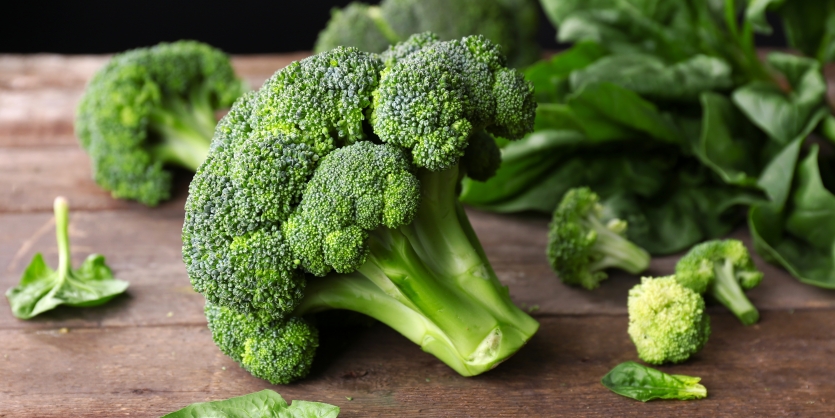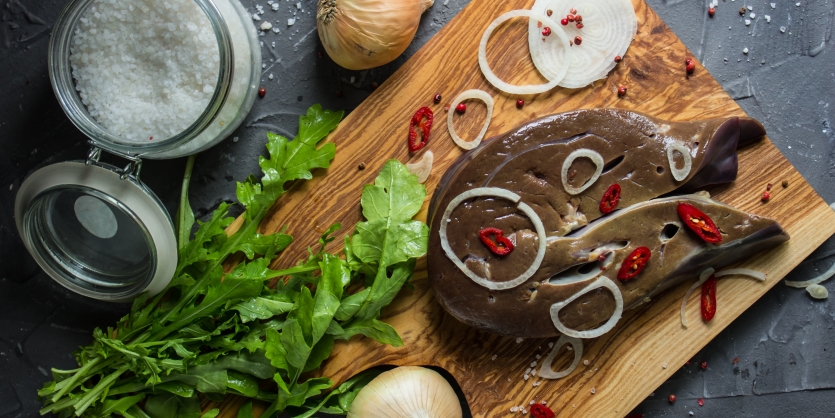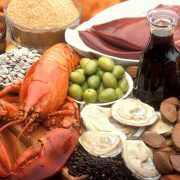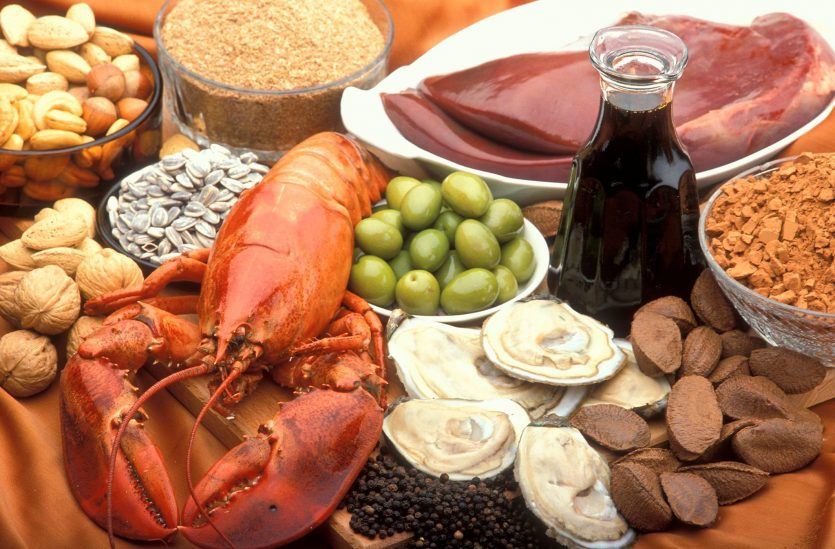Black cohosh is a member of the Ranunculaceae (buttercup) plant family native to the eastern deciduous forests of North America. Black cohosh contains several ingredients, including isoflavones (e.g., formononetin) and triterpene glycosides (e.g., acetin and 27-deoxyactein). Other constituents include aromatic acids, tannins, resins, and fatty acids.
Black cohosh is one of the best-known and researched herbs for use with menopausal symptoms. In Germany, where is has been studied and used in clinical research for about forty years, it is prescribed to treat premenstrual syndrome (PMS) and difficult or painful menstruation. It is also effective in relieving many of the uncomfortable symptoms associated with menopause, including hot flashes, depression, and irritability.
Black cohosh has traditionally been used for long periods of time without evidence of adverse effects, and it is tolerated very well when used as intended. However, ingesting extremely high doses of black cohosh may cause gastrointestinal disturbances.
Black cohosh is not recommended for use during pregnancy because of its ability to stimulate uterine contractions.


